 When people talk about sweat management, especially with regards to fabrics and the kind of clothing people wear during exercise sessions, or high intensity physical activities like sports, a lot of discussion is centered on the clothing. It’s easy to see why; aside from specific activities like going to beach in swimwear, we wear clothing that covers much of our bodies for many different purposes. Besides modesty and fashion, some clothing is designed to protect us, or, in the case of competitive events, also make it easy for us to identify members of our own team or the opposing team.
When people talk about sweat management, especially with regards to fabrics and the kind of clothing people wear during exercise sessions, or high intensity physical activities like sports, a lot of discussion is centered on the clothing. It’s easy to see why; aside from specific activities like going to beach in swimwear, we wear clothing that covers much of our bodies for many different purposes. Besides modesty and fashion, some clothing is designed to protect us, or, in the case of competitive events, also make it easy for us to identify members of our own team or the opposing team.
But throughout all of our intense physical activities, sweat is a natural consequence. There’s nothing wrong with sweat, and in many cases, the fact that we do sweat, especially when we exert ourselves, is a healthy thing. Sweating is not just our body’s attempt to cool us down by providing something to evaporate off our skin, it can also help to work out toxins, impurities and other harmful substances out of our bodies.
But when sweat interacts with clothing, a lot of things can happen. Some of them are unpleasant, which is where moisture wicking material comes in. But first, what happens when you sweat with regular fabrics?
Material Behavior
Different types of fabrics will have different reactions to sweat, although in the majority of cases, that reaction isn’t good.
Nylon, for example, is not a great fabric to wear when sweating, though it does make a perfectly acceptable material for swimwear. When you sweat however, the nylon’s low absorbency and water resistance can cause chaffing against the skin once sweat builds up, making it very uncomfortable. Polyester, a very common synthetic fabric, is highly water repellant, which, while good when it rains, is bad when you sweat, as it keeps the moisture locked inside the garment, causing it to build up.
Natural fibers like cotton are good at absorbing moisture. So, if water repellant properties are bad, means that this is good, right? Not exactly. While cotton’s natural absorbency does mean it is taking the moisture away from your skin, the cotton itself retains the moisture, meaning that it gets heavier and wetter as you sweat more.
The Moisture Wicking Solution
Here’s where moisture wicking fabrics and materials shine. Socks like our Pro-Tect socks are treated with moisture wicking properties. What this means is that the material acts a bit like an oil candle; it absorbs the moisture, the way natural cotton does. But then it pushes the moisture to the surface of the material where the air can naturally evaporate it.
So in the same way that an oil candle draws oil from the bottom of the candle and channels it to the top where the flame can burn it away, moisture wicking materials move sweat away from your skin, and through the material to let the air dry it off. For people with chronic sweating issues, or simply those that want to enjoy their physical activities without wearing drenched, sweaty clothing, moisture wicking fabrics are a valuable addition to any exercise apparel.

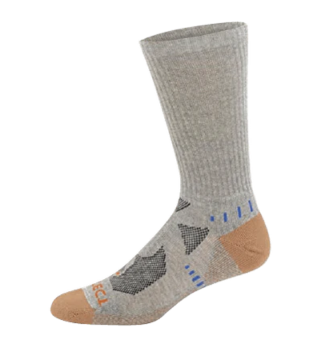
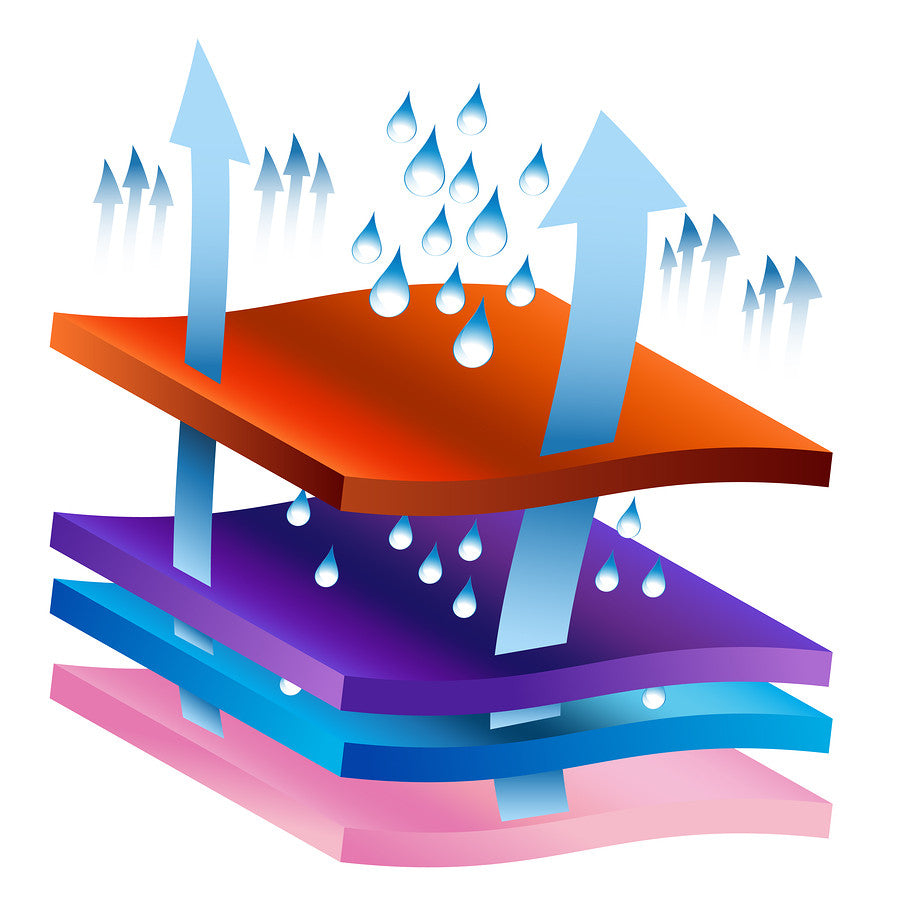
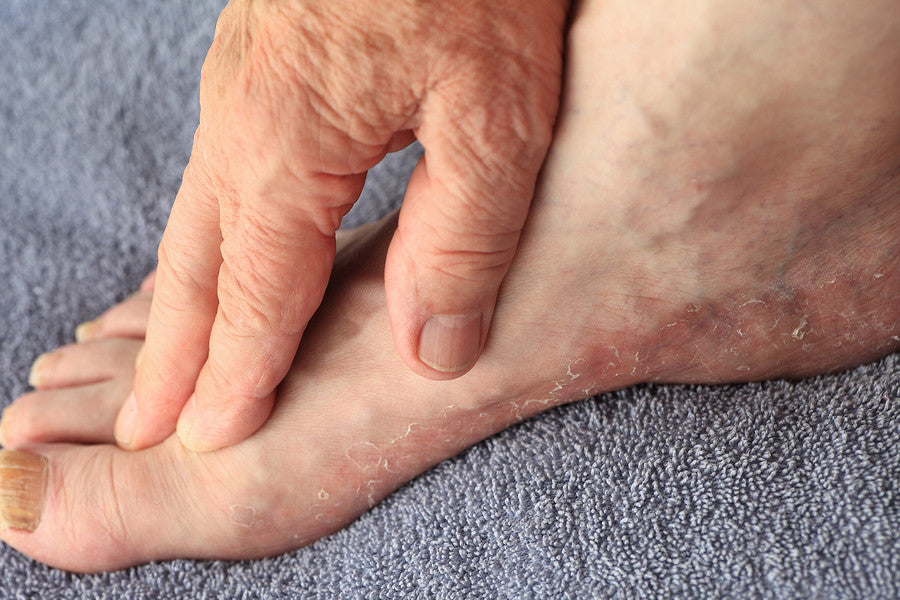
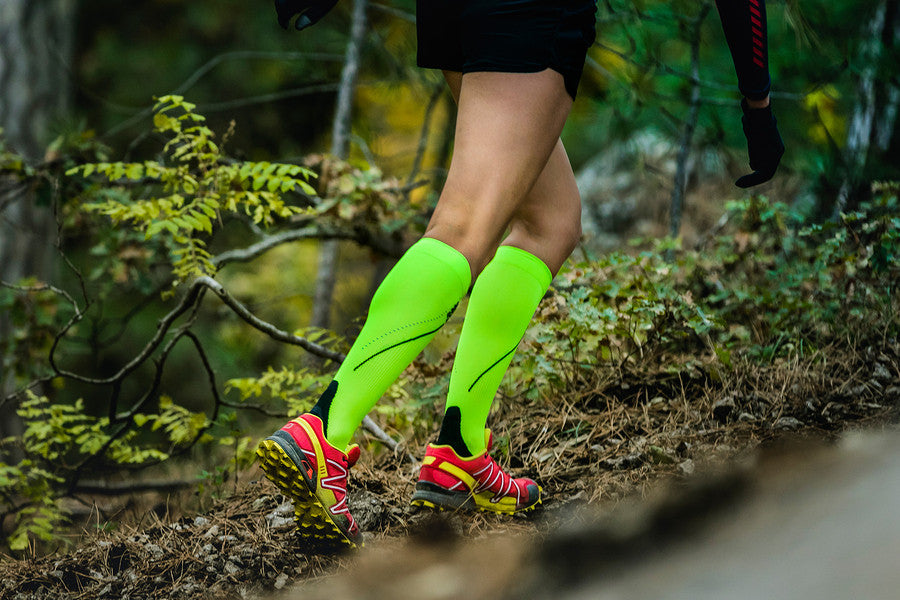
2 comments
Leave a comment
This site is protected by hCaptcha and the hCaptcha Privacy Policy and Terms of Service apply.